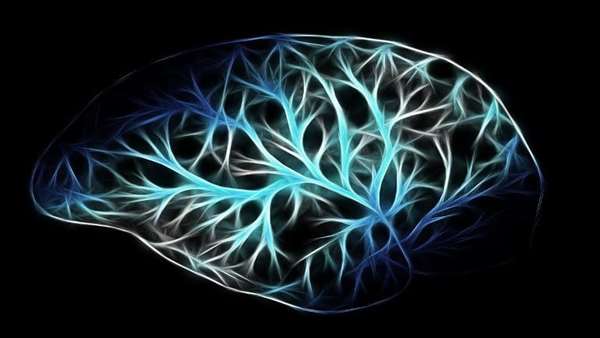When immune cells move throughout the brain, they act as the first line of defense against viruses, toxic materials and damaged neurons, rushing over to clear out them.
Researchers at Indiana University School of Medicine have been investigating how these immune cells in the brain—microglia—relate to a gene mutation recently found in Alzheimer’s disease patients.
They published their findings today in Science Advances.
The study, led by Hande Karahan, PhD, postdoctoral fellow in medical and molecular genetics, and Jungsu Kim, PhD, the P. Michael Conneally Professor of Medical and Molecular Genetics, found that deleting the gene—called ABI3—significantly increased amyloid-beta plaque accumulation in the brain and decreased the amount of microglia around the plaques.
“This study can provide further insight into understanding the key functions of microglia contributing to the disease and help identify new therapeutic targets,” Karahan said.
Karahan based her research on a human genetics study of more than 85,000 people—fewer than half were Alzheimer’s patients—that identified the mutation in the ABI3 gene. Researchers concluded this mutation increased the risk of late-onset Alzheimer’s.
“However, there was no investigation into the function of ABI3 gene in the brain or about how this gene affects microglia function,” Karahan said, a fact that led to her research.
The team deleted the ABI3 gene from an Alzheimer’s disease mouse model and tested the functions of the gene in microglia in cell cultures. In the mouse model, they saw increased levels of plaques and inflammation in the brain and signs of synaptic dysfunction—characteristics associated with learning and memory deficits of the disease.
Additionally, Karahan said the deletion of the gene impaired the movement of microglia. The immune cells cannot move closer to plaques to try to clear up the proteins. Amyloid plaques are commonly found in the brains of patients with Alzheimer’s; amyloid beta proteins clump together and form plaques, which destroy nerve cell connections.
“Our study provides the first in vivo functional evidence that the loss of ABI3 function may increase the risk of developing Alzheimer’s disease by affecting amyloid beta accumulation and neuroinflammation,” Karahan said.
Over the past few years, Karahan has been building upon her Alzheimer’s disease research. In 2019, Karahan received the Sarah Roush Memorial Fellowship in Alzheimer’s Disease Research, established by the Indiana Alzheimer’s Disease Research Center and funded through a generous donation from James and Nancy Carpenter and a matching contribution from Stark Neurosciences Research Institute, where Karahan conducts her research.
Karahan and Kim received three separate grants supporting this research from the National Institute on Aging, the National Institutes of Health (NIH) branch for Alzheimer’s research, resulting in $7.8 million over the next five years.
“One grant will fund the creation of a mouse model that will allow us to delete the ABI3 gene in any cell types in the body, such as brain microglia and peripheral immune cells,” Kim said. “Once we validate this new model, we will make it available to others in the research community to use this model for their own investigations.”
Ref: https://neurosciencenews.com/microglia-alzheimers-gene-19599




ارسال به دوستان